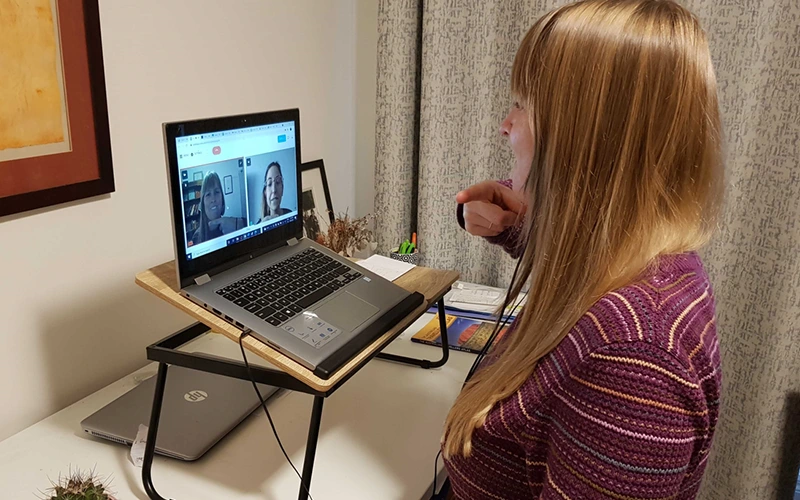Challenge
Apparent Need for Process Improvement
In today’s global economy, digital transformation has been a top priority for a vast majority of enterprises, including technology companies. Many organizations have already embraced digital transformation as a way to streamline communication and enhance patient care. As operations migrate to cloud-based applications, companies are able to process data faster while improving key business functions such as virtual care, remote health assistance, and staff availability.
Our customer is a leading provider of enterprise cloud applications for finance, human resources, planning, and analytics. With noticeable clients such as Quicken Loans and AstraZeneca, they stay at the forefront of innovation, revolutionizing the workspace and helping companies achieve long-term economic success.
While providing excellent service to its clients, the company uses every opportunity to improve its own processes and help employees achieve high levels of job satisfaction. Recently, the company saw an immediate need for amplifying its scheduling flow in order to establish efficiencies and streamline interactions between customers and support teams. The need for an automated omni-channel appointment scheduling software became apparent and they utilized SUMO to automate calendar management to help employees get more organized.
Solution
Overcoming the Challenges
The company has long struggled with scheduling inefficiencies that often resulted in cancellations and frustrations from customers and team members. Customers’ inability to schedule their own appointments was one of the main setbacks. The need to improve the flow between clients and the support team became the number one task for immediate implementation.
As predicted, they recognized all the on-boarding support that SUMO offered. In a matter of just a few weeks, SUMO’s development team revamped the entire scheduling system with the brand new user interface that immediately allowed customers to self-schedule appointments based on available time slots and resources. Additionally, support consultants gained the ability to easily manage multiple appointments for each case.
As one of the main goals for using automated scheduling software was to simplify the user experience, SUMO’s development team implemented an intuitive design that offered the ability to email invitations for support calls with just one click. Clients appreciated the simplicity of the scheduling process which resulted in a considerable decline in missed and delayed calls. In addition to user interface improvements such as Outlook integration, the introduction of a no-reply address for automated scheduling reduced manual tasks and resulted in improved time utilization of the entire support team.
Another notable difference introduced by SUMO was the ability to archive inactive requests and hide them from the calendar view. This advancement helped to declutter the calendar and created more space for upcoming appointments. As a result, clients reported a higher level of satisfaction with the support team’s flexibility and responsiveness.
Finally, SUMO’s automated platform made it much easier to repurpose past invitations for handling new requests. At the end of the project, they reported up to 25% less time scheduling new meetings and following up to reschedule existing calls.
Results
Hitting the Ground Running SUMO’s Help
Since partnering with SUMO, the Fortune 100 company has achieved the goal of fully automating its scheduling process. Support consultants now have the power to manage customized tasks while giving customers the freedom to schedule, modify, and cancel meeting appointments at their own convenience regardless of the time zone. As a result, the company saw improved customer and employee satisfaction. In 2020, they was ranked in the Top 5 on the Fortune Magazine’s List of the Top 100 Companies to Work For based on an employee survey of satisfaction.
The company’s management team was particularly impressed by SUMO’s analytics tool that provided full transparency into meeting activity such as the number of scheduled and rescheduled appointments. With over 50 dashboard templates, the management team is now able to monitor and track staff utilization levels and identify gaps for further planning and improvements. Looking ahead, the company wants to expand the use of SUMO Scheduler across the entire organization and plans to achieve even better results in the future.




